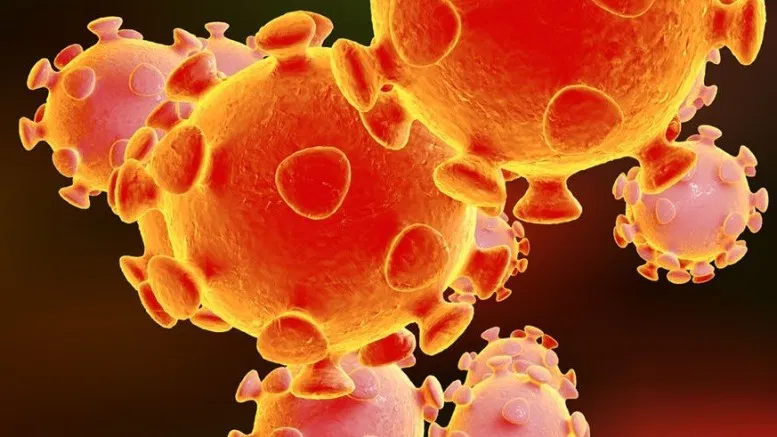A new study, published Monday in the journal Science Translation Medicine, has found that the initial COVID-19 infection rate was much higher than previously reported.
Researchers from Penn State’s College of Information Sciences and Technology and Department of Medicine estimated that the initial rate of COVID-19 infection in the United States was 80 times greater than originally reported and it has doubled nearly twice as fast as previously reported.
The researchers used the CDC’s influenza-like illnesses (ILI) surveillance data for three weeks in March 2020.
Study author Prof. Justin Silverman said, “We analyzed each state’s ILI cases to estimate the number that could not be attributed to influenza and were in excess of seasonal baseline levels.”
“When you subtract these out, you’re left with what we’re calling excess ILI—cases that can’t be explained by either influenza or the typical seasonal variation of respiratory pathogens,” he added.
The team found that the excess ILI showed a perfect correlation with the spread of COVID-19 across the nation.
Prof. Silverman said, “This suggests that ILI data is capturing COVID cases, and there appears to be a much greater undiagnosed population than originally thought.”
“At first I couldn’t believe our estimates were correct,” Prof. Silverman continued. “But we realized that deaths across the U.S. had been doubling every three days and that our estimate of the infection rate was consistent with three-day doubling since the first observed case was reported in Washington state on January 15.”
The researchers explained that excess ILI appears to have peaked in mid-March as fewer patients with mild COVID-19 symptoms sought care and states implemented interventions that led to lower transmission rates.
By the end of March, almost half of the states were under stay-at-home orders.
According to the researchers, the study findings suggest an alternative way of thinking about the ongoing coronavirus pandemic.
Prof. Silverman said, “Our results suggest that the overwhelming effects of COVID-19 may have less to do with the virus’ lethality and more to do with how quickly it was able to spread through communities initially.” “A lower fatality rate coupled with a higher prevalence of disease and rapid growth of regional epidemics provides an alternative explanation of the large number of deaths and overcrowding of hospitals we have seen in certain areas of the world,” he added.























